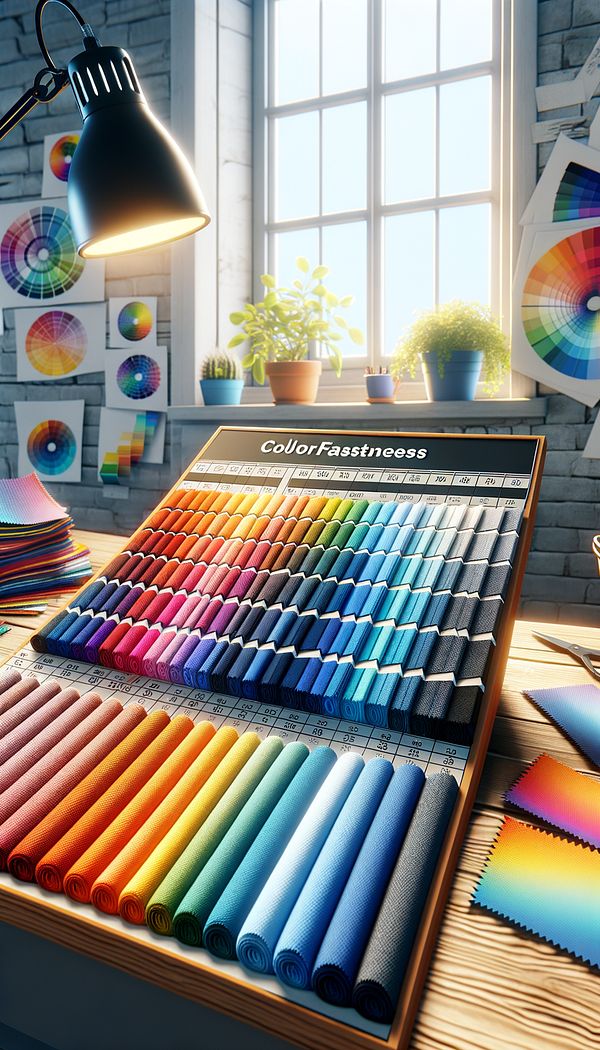What is Colorfast?
Colorfastness refers to the resistance of a material's color to fading or running.
Description
Colorfast is a term used within the interior design sphere to describe the quality of textiles, paints, and other materials that possess the ability to maintain their color without fading, bleeding, or running when exposed to conditions such as light, heat, and water. This quality is particularly important in the selection of materials for interiors as it directly impacts the longevity and aesthetic consistency of design elements over time.
The colorfastness of a material is determined by its chemical composition, the dying technique used, and the quality of its finish. Different materials and dyes will exhibit varying degrees of colorfastness. For instance, some natural dyes may fade more easily compared to synthetic dyes which might offer more resilience against external factors. Understanding the colorfast properties of materials is essential for interior designers, particularly when selecting fabrics for upholstery, window treatments, and other furnishings that are exposed to sunlight or frequent use.
Moreover, in environments where hygiene is critical, and materials may need regular washing or cleaning, such as healthcare facilities or homes with young children, colorfast materials are preferable to ensure the design's integrity remains intact despite exposure to cleaning agents or disinfectants.
Usage
In interior design, colorfast materials are chosen for areas prone to high sunlight exposure to prevent fading of fabrics or wall coverings. Similarly, colorfast fabrics are preferred for upholstered furniture, curtains, and bedding in both commercial and residential settings to ensure durability and long-lasting vibrancy of colors despite frequent use or cleaning. Paints with high colorfastness are also sought after for their ability to retain color intensity and resist discoloration over time.
FAQs
-
Why is colorfastness important in interior design?
Colorfastness is crucial in interior design to ensure colors remain vibrant and do not fade, bleed, or run over time, maintaining the aesthetic integrity and durability of the design.
-
How is colorfastness tested?
Colorfastness is tested using various methods depending on the specific criteria, such as exposure to light, washing, rubbing, and chemicals. These tests simulate real-world conditions to evaluate the material's ability to maintain its color.
-
Can the colorfastness of a material be improved?
Yes, the colorfastness of a material can be improved through chemical treatments, quality of dye, advanced dying techniques, and using specific types of dyes suited for the intended use of the material.
Practical Application
When selecting materials for your interior design project, always check for information on their colorfastness, especially for items that will be exposed to sunlight or frequent use. Consider investing in materials with higher colorfastness ratings for areas with high traffic or direct sunlight to ensure the longevity of your design. Regularly testing materials under different conditions can also help in making informed decisions.
-
Decorating Principles & Elements330 articles
-
Materials & Textiles360 articles
-
Color & Patterns154 articles
-
Textiles & Upholstery252 articles
-
RattanRattan is a natural, renewable material often used in furniture and decor.
-
ChevronChevron is a V-shaped pattern used in various design aspects.
-
Interior DecoratingInterior decorating involves enhancing the aesthetic appeal and functionality of a space using various decorative elements and design principles.
-
Art PrintAn art print is a reproduction of an original work of art.
-
Italian ProvincialItalian Provincial is a design style that blends refined elegance with a rustic, countryside vibe.
